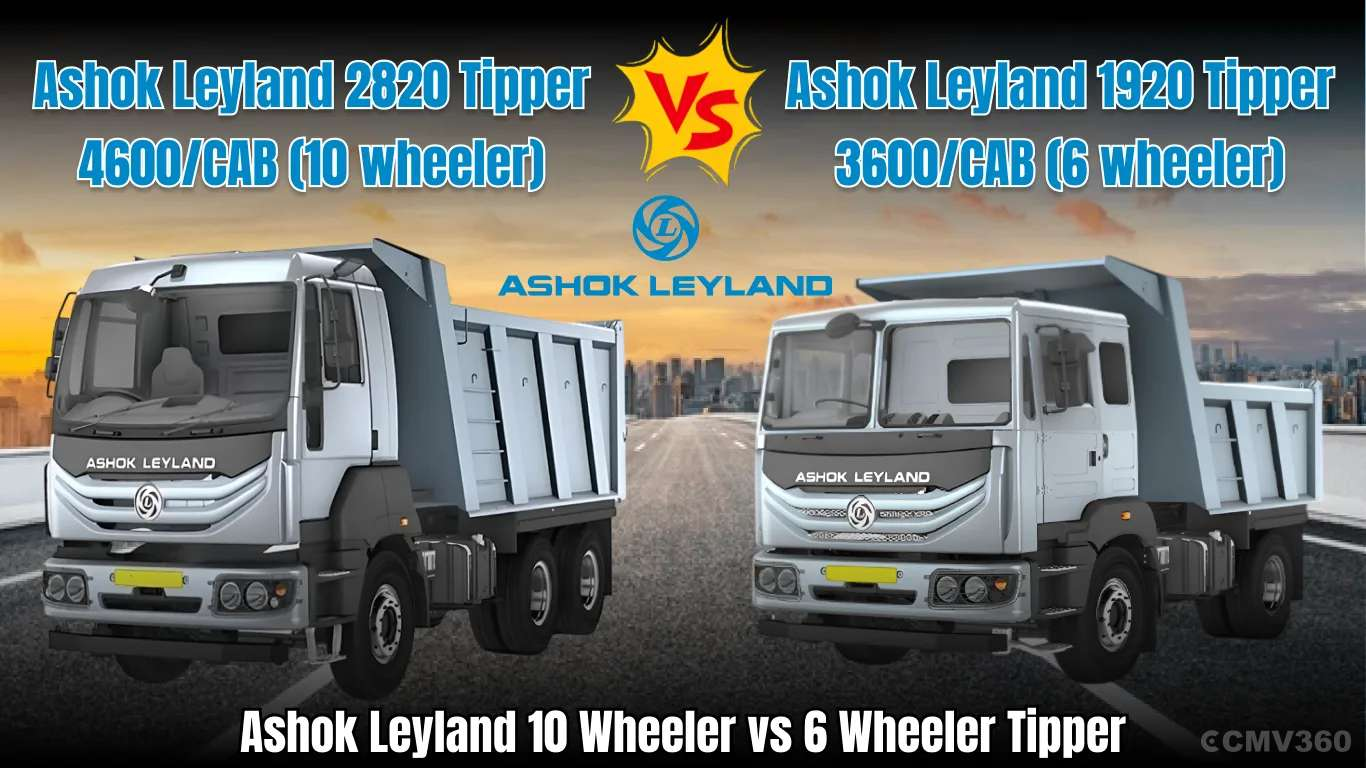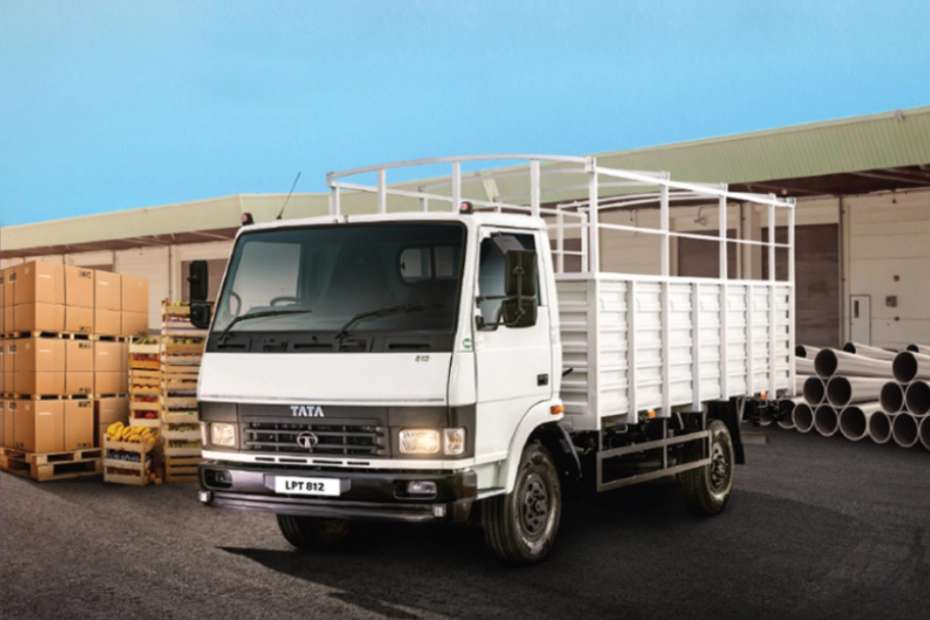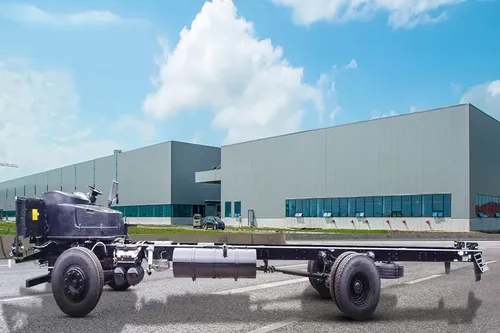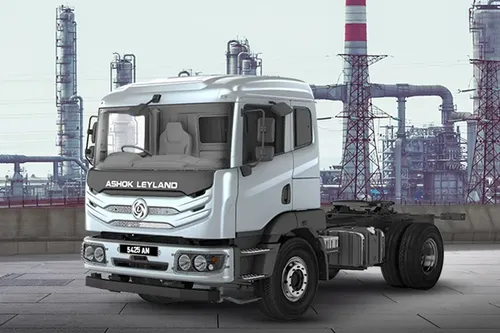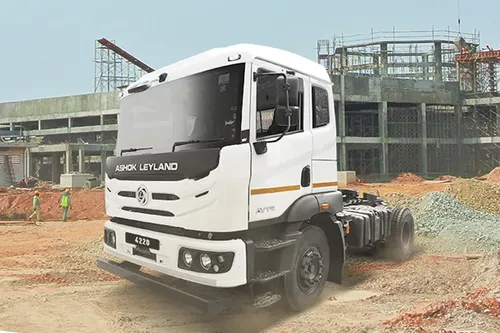Ad
Ad
What do the numbers on a tyre sidewall mean?
How to Determine Truck Tire Size? How to read truck specifications?

Tyres are typically made of durable rubber that is wrapped around a metallic rim and filled with pressurized air. They come in a variety of sizes, and a truck tire size chart will help you choose the right one for your vehicle. A large truck tire will improve safety, performance, and grip for extended travels.
The tires are the most important parts of the vehicle that make contact with the ground; they are meant to support the vehicle's whole weight as part of the wheel. Tyres are also designed to absorb shocks and vibrations while transmitting traction, speed, and braking forces. They also shift the direction of the motion.
If you know how to read what your tyre number says, then you will have a lot of knowledge about your tyre.
The tyre industry established a set of standards for the information imprinted on the sidewall of tires many years ago. Let's break down this alphanumeric code, which signifies standardized tyre sizes, inflation, brand, production date, and other information.
Why are the figures there?
Before we go into the specifics of what each number implies, let's first explore why they're there.
The numbers on your sidewall are unlikely to be unique to the tire or even the manufacturer. All of those figures are industry standards, which means they can be found on most tires from most manufacturers. That's a good thing because what you will read today applies to any tyre on the market.
They are descriptors, not numbers. They tell us important information like the tyre's size, load rating, what speeds it can manage, and even the maximum pressure the tire can hold. The combination of the numbers and letters tells us what the tire is good for, and by matching the descriptions found on your previous set, you can pick a solid replacement for that tire.
How to Determine Truck Tire Size?
There are two ways for evaluating tyres: metric and flotation. The most prevalent tyre measurement system is the metric system. It is an alphanumeric tyre code composed of a series of letters and numbers, and each number and letter on a tyre is significant and related to the size, kind, design, or specific features of the tire. This article will give information on how to read tyre specifications.

Here's an illustration of a metric tyre size: P 205/65 R16 92 H
First alphabet: The first letter P denotes the type of tire. Tyres are classified into four types.
P metric tire: This indicates that the tire was designed specifically for passenger vehicles. A passenger vehicle could be a minivan, a small pickup truck, a sedan, an SUV, or a car.
LT: LT stands for light truck tire. This signifies that the tire was designed for light trucks, which are vehicles designed to haul medium loads.
ST: The abbreviation for "Special trailers" is ST. It's a term used to describe tires suited to carry big weights. Tires of this type are required for heavy-duty vehicles, utility trailers, and boat trailers.
T: A temporary tire or a replacement tire that should not be driven faster than 50 mph and should only be used when approaching a garage stop. This code is typically found on lower-cost tires.
The tire is very definitely a passenger tire if this letter is missing.
The three-digit code: The tread width is 205. It simply indicates the breadth of your contact patch or tread width in millimeters.
The tire width is represented by the three-digit number following the first letter. It specifies the tire width in millimeters as measured from the sidewall height to the tire sidewall as seen from the front.
The next two-digit value denotes the aspect ratio or tire profile size. Lower aspect ratio tires outperform higher aspect ratio tires in terms of performance and traction.
This value indicates the height of the tire sidewall. The 65 indicates that the sidewall height is 65% of the tire width. Keep in mind that this does not tell us the tire's overall height.
The Next Letter: The letter that follows indicates the type of tire construction. The four different types of tire construction are as follows:
- R: A radial tire has an R rating. Radial tires account for at least 98% of all tires made.
- D: The letter D stands for diagonal ply or bias-ply.
- B: This refers to belt constructions.
- F: F denotes a run-flat tire.
Next two numbers: The tire diameter is represented by the last number on metric tire measurements.
Next two Digits: This is the load index of your tire. The load index is a code that specifies how many pounds a tire can carry at a certain degree of inflation. In this case, the load index is 92.
Last alphabet: This represents the speed rating. The maximum speed that a tire may safely handle is determined through lab testing. In this example, an H-rated tire is capable of reaching speeds of up to 130 mph.
Other Codes with their Maximum Speed (mph) are Q-100, S-112, T-118, U- 124, H-130, V-149, W-168, Y-186 and Z- More than 149
Additional significant things to look for when inspecting a tyre are:
- Tire speed ratings/speed ratings.
- The maximum possible speed.
- Maximum load carrying capacity.
- The various tire sizes.
- Tire load.
- Manufacturers of tires.
- The width of the rim.
- Size of the rim.
- Tread style.
What Is DOT Code?
DOT stands for "Department of Transportation" and represents a unique tyre code, which is a series of 7 to 13 letters and digits written on the sidewall of a tyre. DOT is usually followed by a string of letters and numbers indicating the location of manufacturing, as well as the kind and age of the tyre.
How to know the age of your tyre?

The four numbers at the end of the DOT code contain information on the age of your tyres. This code is frequently surrounded by a raised rubber oval. Look on the other sidewall if you notice the letters DOT but they are not followed by any other letters or numbers. Manufacturers are only required to imprint the entire tyre identification number on one of the sidewalls, not both.
The first two numbers of the four-digit DOT date code show the week in which the tyre was manufactured. The year of manufacturing is indicated by the final two numbers of the date code. For example, The date code 0118 it indicates that the tyre was manufactured in the first week of 2018. If the date code is simply three digits, your tyre was made before the year 2000, when a different system was in operation.
Other letters and numbers on your sidewall, in addition to the DOT designation and date code, give extra information about your tyres. They include the letters and numbers found between the DOT marking and the date code in the tire identification code itself. These extra characters are available in two or three blocks.
- The first block indicates where the tyre was manufactured.
- The second section is a code for tyre size.
- The third, optional, field is an internal individual product code defined by the tire manufacturer.
The most typical markings on the sidewall are for tyre size, speed index, and load index.
We hope you find this article useful. Recall that tires are a crucial component of any vehicle, and improper sizing can result in tire failure and car accidents. As a result, getting the proper size is critical. Follow cmv360 for more information.
Features & Articles
EXCON 2025 Spotlight: Tata Motors Unveils Powerful New Diesel, CNG & Electric Commercial Vehicles for Construction and Mining
Tata Motors showcases powerful diesel, CNG, and electric commercial vehicles at EXCON 2025, highlighting innovation, productivity, sustainability, and advanced solutions ...
18-Dec-25 10:26 AM
Read Full NewsAshok Leyland 1920 vs 2820 Tipper Comparison: 6-Wheeler or 10-Wheeler – Which Is Better for Construction & Mining?
Compare Ashok Leyland 6 wheeler vs 10 wheeler tipper trucks. Detailed 1920 vs 2820 comparison covering price, specs, GVW, performance, usage, and buying guidance for cons...
17-Dec-25 12:29 PM
Read Full NewsTata Starbus Buses in India 2025: City, Suburban, Ultra & Staff Buses Models Explained in Detail
Explore the Tata Starbus 2025 range in India, including City, Sub Urban, Ultra, and Staff Contract buses with prices, features, seating capacity, and performance details....
15-Dec-25 12:16 PM
Read Full NewsTop 5 Tata Trucks for Business in India 2025: Prices, Payload, Features, Full Details & Complete Buying Guide
Discover the top 5 Tata trucks in India 2025 with prices, payload, engine details, features, pros and cons. Simple, easy-to-read buying guide to help you choose the best ...
11-Dec-25 05:34 AM
Read Full NewsTop Tata Ace Models in India 2025: Complete Guide for Small Businesses and Last-Mile Transport
Explore all Tata Ace models in India 2025 with prices, features, payload, mileage, and benefits. A simple and complete guide for small businesses and last-mile delivery b...
19-Nov-25 12:01 PM
Read Full NewsTata Ace Pro vs Tata Ace Gold: Which Mini Truck is Better for Your Business in 2025?
Compare Tata Ace Pro and Tata Ace Gold in detail. Know their price, specs, performance, and features to choose the best mini truck for your business in 2025....
13-Nov-25 12:36 PM
Read Full NewsAd
Ad

